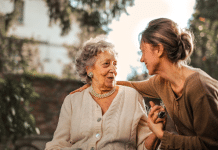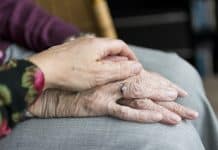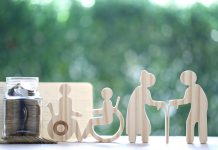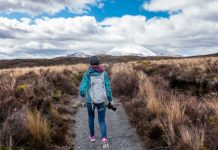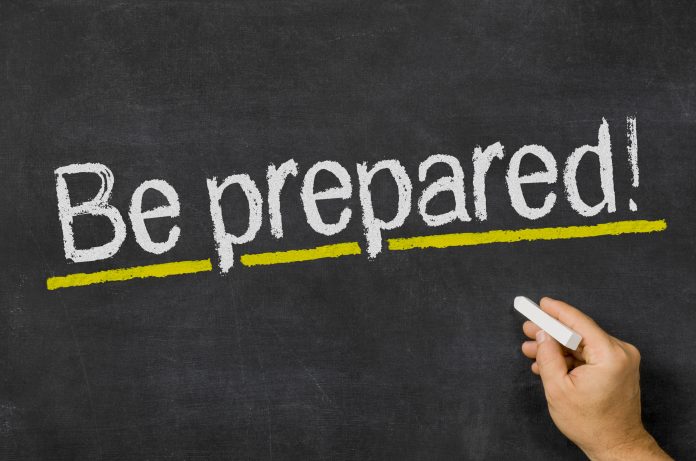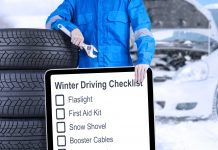A couple of years ago I was working on community-wide disaster preparedness and wrote an article after reading about the impact of a fire on the elderly and disabled. Little did I know I would experience my own functional limitations, while still fairly young.
It is important to recognize that most disaster response systems are designed for people who can “walk, run, see, drive, read, hear, speak and quickly understand and respond to instructions and alerts.” The elderly and disabled are challenged by some of these activities and are harder to evacuate than the average person.
Being reminded of this article, I and want to also bring clarity to the term “functional limitations.” To do so, let’s look at the Centers for Disease Control Arthritis Program outline of specific functional limitations for this one condition. They state, “These limitations make up a group of common daily activities that many people with arthritis report are “very difficult” or that they “cannot do” them.”
The activities are:
- grasp small objects.
- reach above one’s head.
- sit more than 2 hours.
- lift or carry 10 pounds.
- climb a flight of stairs.
- push a heavy object.
- walk a 1/4 mile.
- stand more than 2 hours.
- stoop, bend, or kneel.
Each medical condition or diagnosis brings it’s own set of potential limitations, but many cut across multiple diagnosis. With this in mind, what can individuals with functional limitations do to prepare for an emergency or disaster, especially when they have new limitations.
- Go to Ready.gov to learn more about general personal preparedness. But, consider that you may need more time to respond or need to establish family and friend supports who include providing assistance to you in their own plans.
- Reach out to your local Public Health Department to assist them with improving their plans to help vulnerable populations, improve alert mechanisms, facilitate more rapid evacuations and address needs while affected individuals wait to return to their homes and recover from the damage. Understanding, more specifically, the needs and scope of the population will help them refine their current plans.
- Volunteer to help hospitals and other healthcare organizations during disaster/emergency exercises and drills. These drills are designed to test the skills of staff and evacuating actors with functional limitations, as well as those from the general population, will help them be better prepared.
Why is this so important? Because the article takes note of a significant trend. “As baby boomers age, there must be a shift in thinking from “special needs” populations being an outlier, to them being more of the general population. This is because the “Silver Tsunami” of aging boomers with chronic and acute conditions will soon result in the number of individuals with functional limitations exceeding 50 percent of the total population.”
Leave a comment about your experiences with emergencies and disasters. What were your lessons learned?





